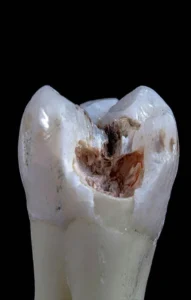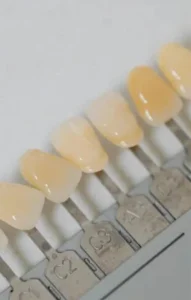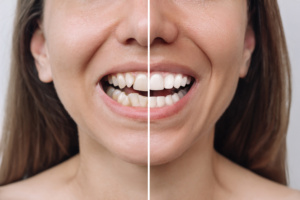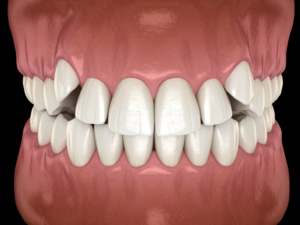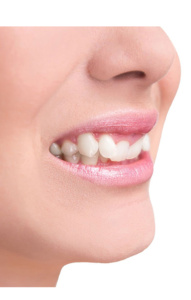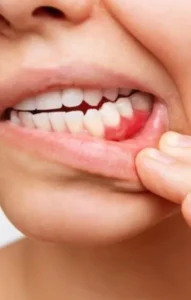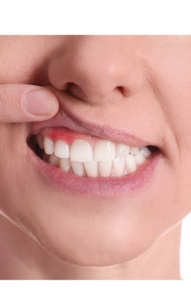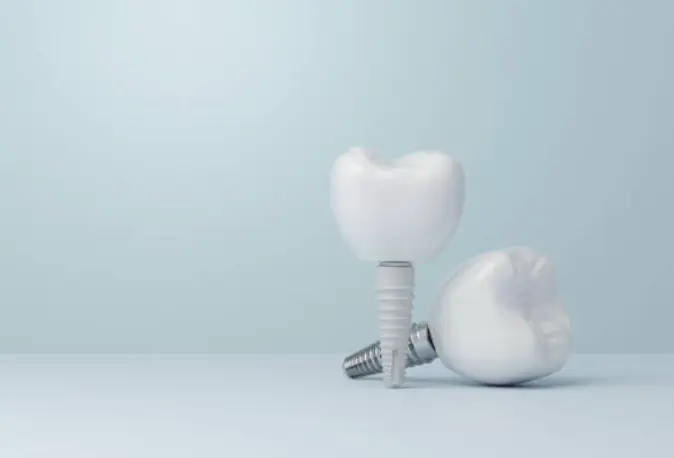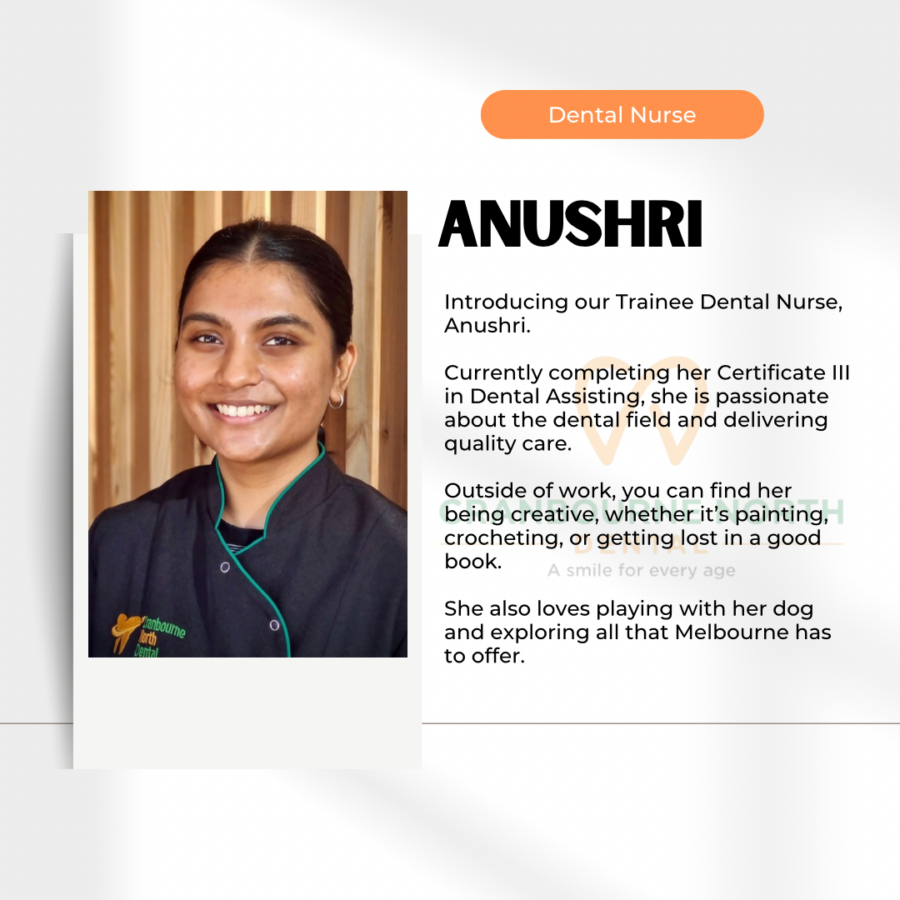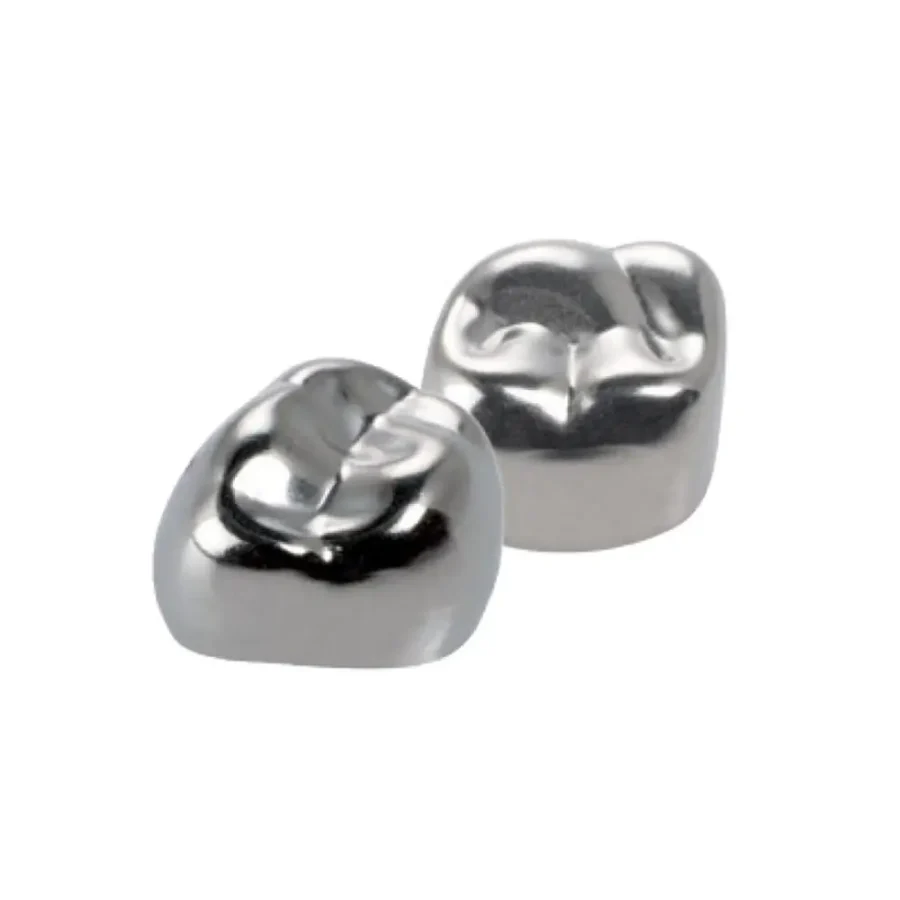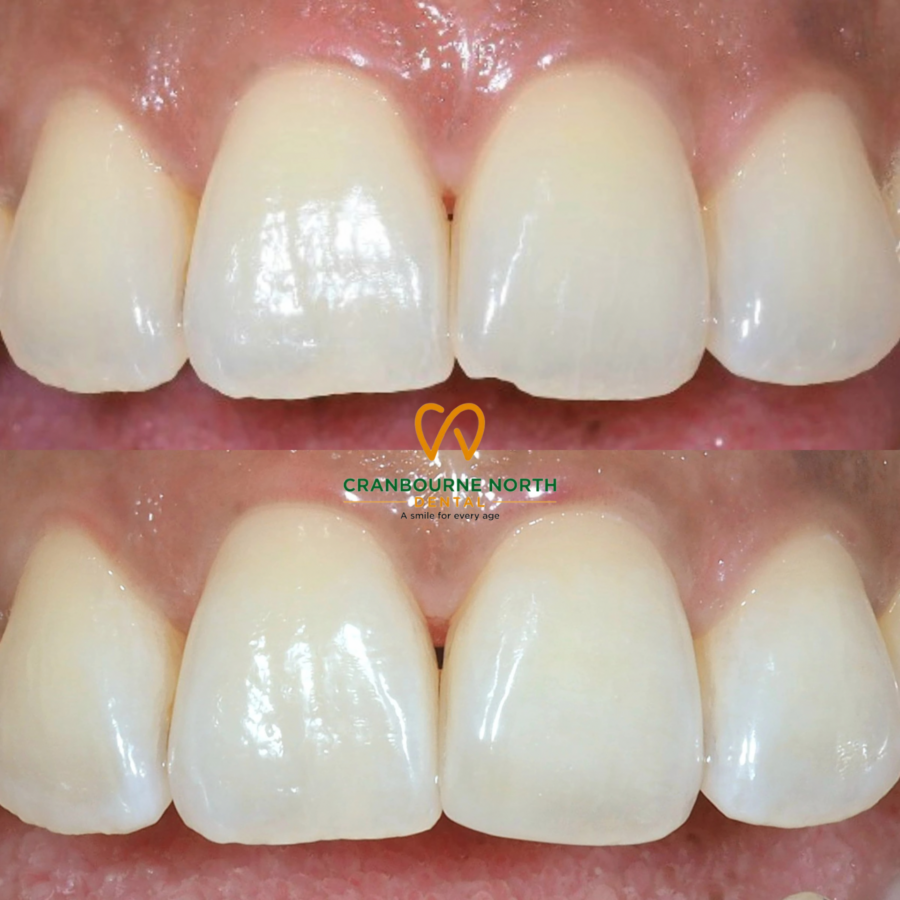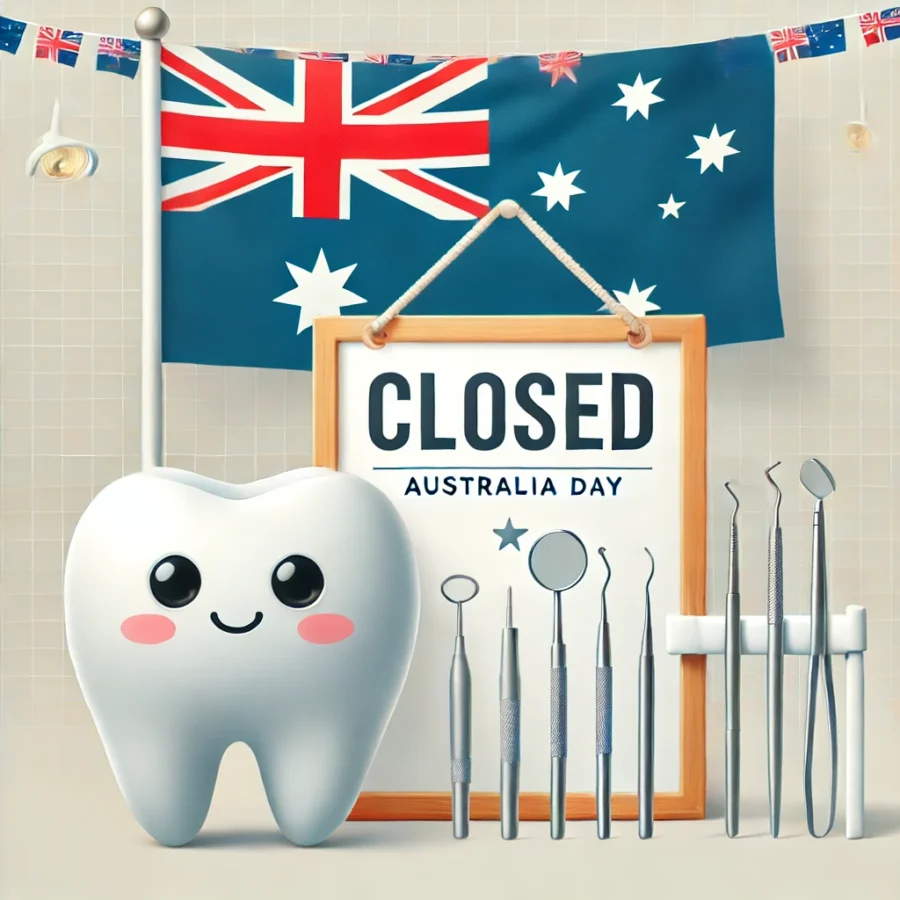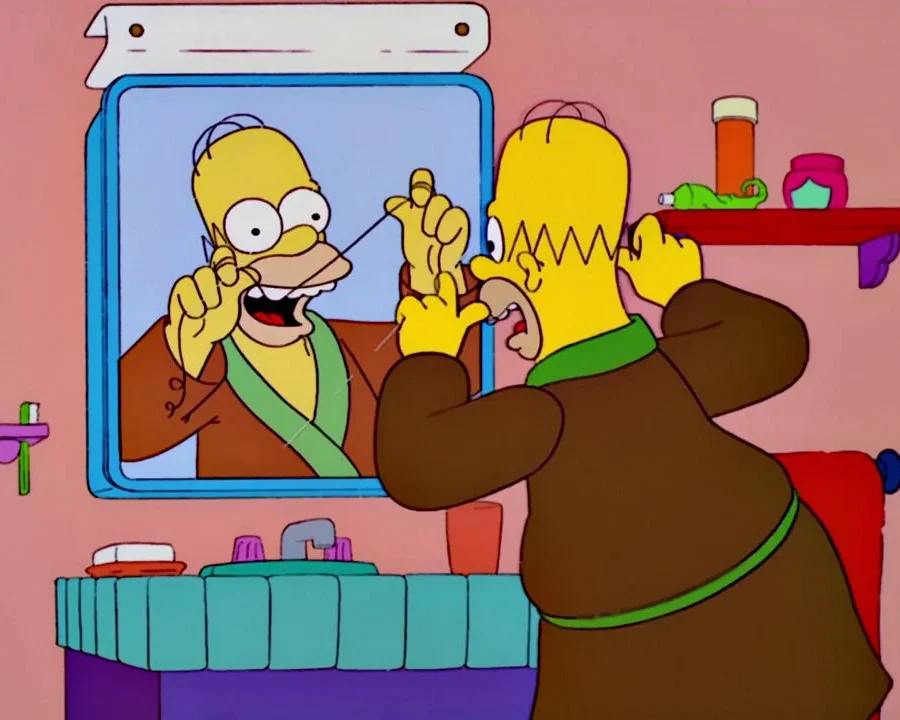
When Is a Tooth Extraction Necessary?
Tooth extraction is often necessary when a tooth is beyond repair. It is a surgical dental procedure whereby your tooth is removed from your jaw. Tooth removals are a common dental surgical procedure – almost everyone will have had a tooth extracted once in your life.
Types of Tooth Extractions
There are 4 types of tooth extraction categories:
- Simple Extraction – The removal of your tooth is not surgical in nature and is completed with the use of local anaesthesia.
- Sectional Extraction – We may need to divide larger (multi-rooted) teeth into a few pieces for effective removal.
- Surgical Extraction – Removal of a tooth or fragment where your gums need to be incised without the removal of bone or sectioning of your tooth.
- Surgical Extraction involving bone removal and/or tooth division – This is the most complex tooth removal category which involves bone removal or tooth division. For example, extraction of wisdom teeth are generally categorised as this.
Reasons for tooth removal
Common reasons for extraction include severe tooth decay, infection, and crowding or preparation for orthodontics. Impacted wisdom teeth that may cause future problems are also frequently removed. Advanced gum disease or Periodontitis is also a common reason as mobile teeth are generally painful to chew on. Other obvious reasons include trauma or injury to your teeth or jaws, necessitating removal.
Our experienced dentists will thoroughly assess your condition to determine if an extraction is the best course of action.
Benefits of Choosing Cranbourne North Dental
Choosing our clinic for your dental needs ensures you receive:
- The expertise of highly trained dental professionals.
- Access to modern dental technology and techniques.
- A commitment to patient comfort and detailed care throughout your visit.

The Tooth Extraction Process
Understanding our process can ease any nerves about tooth extraction:
Consultation
Your journey begins with a comprehensive consultation at Cranbourne North Dental. Our skilled dentists will examine the problematic tooth and conduct necessary X-rays to understand the underlying issues. This step ensures that we tailor the extraction process specifically to your needs. We take this time to discuss the procedure in detail and address any questions, making sure you’re fully informed and comfortable with the next steps.
Anaesthesia
We prioritise your comfort during the extraction. We numb the area around the tooth with a local anaesthetic to minimise discomfort. For those who find dental procedures daunting, sedation options are available to help you relax throughout the process.
Tooth Removal
Utilising specialised tools, the dentist will gently loosen and remove the tooth from its socket. In some instances, we may need to section your tooth into smaller pieces for a more effective removal. Our approach is always to use the least invasive method possible, ensuring your comfort and reducing recovery time.
Closure
Once the tooth is removed, we will clean the socket and place gauze to control any bleeding. Sutures may be used to close the gum tissue if necessary, promoting better and faster healing.
Aftercare
Post-procedure care is crucial for a smooth recovery. We will provide you with detailed aftercare instructions, including tips on managing discomfort, swelling, and maintaining hygiene around the extraction site. Follow-up appointments are scheduled to monitor your healing and ensure everything is progressing well.
Following the extraction, it’s common to experience some swelling and discomfort, typically manageable with over-the-counter pain relief and cold compresses. Depending on individual cases and your dental goals, we might discuss replacement options like dental implants or bridges to restore functionality and aesthetics to your smile. These recommendations are tailored to each patient, ensuring you have a say in your dental health decisions every step of the way.
Tooth Removal risks and alternatives
Alternatives
The two main alternatives for an extraction in most cases are no treatment (with possible worsening of symptoms) or Root Canal Treatment.
Possible Risks
There are various possible complications that can occur as a result of the tooth removals which may include:
- Allergic reaction to medications or anaesthetics
- Post-operative infection or inflammation
- Swelling, bruising and pain
- Bleeding requiring more treatment
- Stiffness of the nearby muscles
- Damage to the nerves during tooth removal resulting in temporary or permanent, partial or complete numbness or tingling or altered sensations to the lip, chin, tongue, teeth and sometimes taste.
- Damage to sinuses requiring additional treatment or surgical repair at a later date
- Fracture or dislocation of the jaw
- Root tips may fracture and be left in place or could be displaced into the sinuses or spaces nearby
- Dry sockets, aspiration and/or swallowing of foreign objects
- Damage to adjacent teeth and/or restorations
Your Tooth Extraction Dentists In Cranbourne
Don’t let dental pain hold you back. Contact Cranbourne North Dental today to schedule a consultation and find out if a tooth extraction is right for you. Call us or visit our website to book your appointment and take the first step towards a healthier, pain-free smile.
Call Us or Book Online Now
Common Problems
Questions About Your Tooth Extraction?

Will the extraction be painful?
Pain during the procedure is minimised with anaesthetics; however, mild discomfort and swelling after the extraction are normal.
How long does it take to fully recover from a tooth extraction?
Recovery time varies depending on the complexity of the extraction and your individual healing ability. Typically, the initial healing phase, where the socket begins to close, takes about one to two weeks. However, it can take a few months for the bone and soft tissue to fully regrow and stabilise.
How should I care for the extraction site?
Avoid rinsing vigorously, smoking, or drinking through a straw for the first 24 hours to prevent dislodging the blood clot.
Can I eat normally after a tooth extraction?
After a tooth extraction, it’s important to take special care with your diet. For the first 24 hours, stick to soft foods and liquids to avoid irritating the extraction site. Foods like yoghurt, pudding, soup, and applesauce are good choices. Avoid hot beverages and do not use a straw, as the sucking action can dislodge the blood clot that forms in the socket, a condition known as dry socket. Gradually reintroduce solid foods as your comfort improves over the following days.

